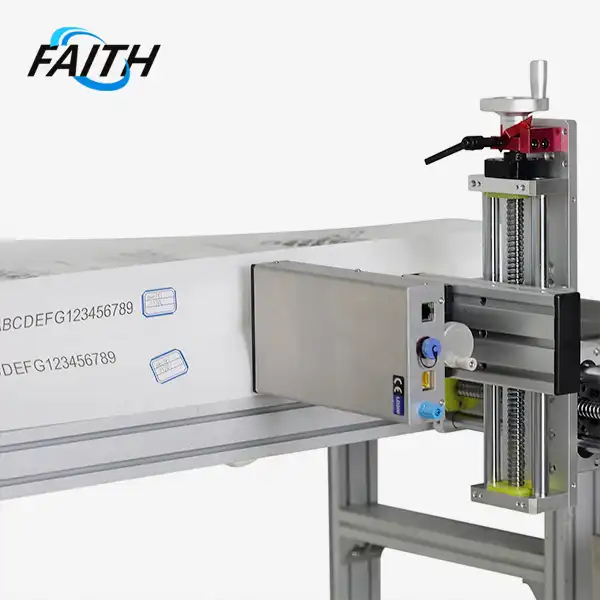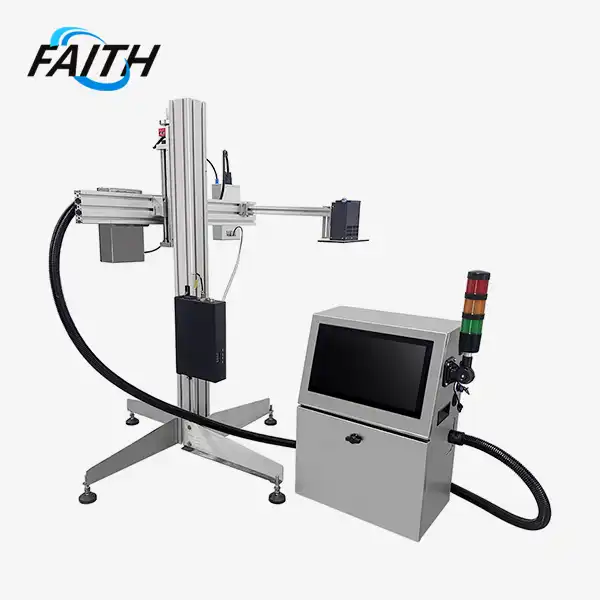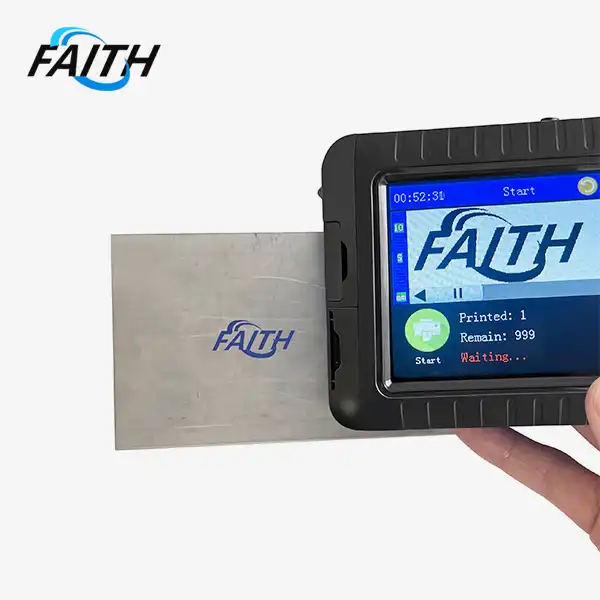Exploring the Benefits of Piezo Inkjet Printers in Electronics, Packaging, and Textiles
In the ever-evolving landscape of industrial printing, Piezo Inkjet Printers have emerged as a game-changing technology, revolutionizing various sectors including electronics, packaging, and textiles. These advanced printing systems offer unparalleled precision, versatility, and efficiency, making them an indispensable tool for businesses seeking to enhance their production processes and output quality.
Piezoelectric inkjet technology, the backbone of these printers, utilizes electric charges to manipulate microscopic droplets of ink with astonishing accuracy. This innovative approach has opened up new possibilities in printing, allowing for high-resolution outputs on a wide array of materials and surfaces. Let's delve deeper into the myriad benefits and applications of Piezo Inkjet Printers across three key industries:
Revolutionizing Electronics Manufacturing with Piezo Inkjet Technology
The electronics industry has witnessed a paradigm shift with the integration of Piezo Inkjet Printers into its manufacturing processes. These printers have proven invaluable in the production of printed circuit boards (PCBs), flexible electronics, and even 3D-printed electronic components.
One of the most significant advantages of using Piezo Inkjet Printers in electronics manufacturing is their ability to deposit conductive inks with exceptional precision. This capability allows for the creation of intricate circuit patterns and fine-line printing, which are crucial for miniaturization and the development of compact electronic devices.
Moreover, the non-contact nature of inkjet printing reduces the risk of damaging delicate electronic components during the manufacturing process. This attribute is particularly beneficial when working with flexible substrates or fragile materials, enabling the production of cutting-edge flexible electronics and wearable technology.
The versatility of Piezo Inkjet Printers also extends to the deposition of various functional materials, including dielectrics, semiconductors, and encapsulants. This multi-material printing capability streamlines the production process, reducing the need for multiple manufacturing steps and potentially lowering overall production costs. Another noteworthy feature of Piezo Inkjet Printers in electronics manufacturing is their ability to facilitate rapid prototyping. Engineers and designers can quickly iterate and test new circuit designs, accelerating the product development cycle and bringing innovations to market faster.
Enhancing Packaging Solutions with Advanced Piezo Inkjet Printing
The packaging industry has embraced Piezo Inkjet Printers for their ability to deliver high-quality, customizable printing solutions across a wide range of packaging materials. From cardboard boxes to plastic containers, these printers offer unparalleled flexibility and efficiency in package decoration and labeling.
One of the key benefits of Piezo Inkjet Printers in packaging is their capacity for variable data printing. This feature allows for the seamless integration of unique identifiers, barcodes, and QR codes onto packaging, enhancing traceability and supporting anti-counterfeiting measures. The ability to print variable information in real-time also enables personalized packaging, a growing trend in consumer goods.
The superior color reproduction and image quality achieved by Piezo Inkjet Printers contribute to eye-catching packaging designs that stand out on retail shelves. High-resolution printing capabilities ensure that even the finest details and gradients are reproduced with clarity, elevating brand perception and product appeal.
Sustainability is another area where Piezo Inkjet Printers shine in the packaging sector. These printers can utilize eco-friendly, water-based inks that comply with stringent environmental regulations. Additionally, the precise ink deposition minimizes waste, aligning with the industry's growing focus on sustainable packaging solutions.
The versatility of Piezo Inkjet Printers extends to their ability to print on a diverse range of packaging materials, including corrugated cardboard, flexible films, and even directly onto glass or plastic containers. This adaptability reduces the need for separate labeling processes, streamlining production and potentially reducing packaging costs.
Transforming Textile Printing with Piezoelectric Innovation
The textile industry has undergone a significant transformation with the adoption of Piezo Inkjet Printers. These advanced systems have revolutionized fabric printing, offering unparalleled design flexibility, reduced waste, and improved efficiency compared to traditional printing methods.
One of the most compelling advantages of Piezo Inkjet Printers in textile printing is their ability to produce intricate, high-resolution designs with exceptional color accuracy. The precise droplet control inherent to piezoelectric technology allows for the creation of complex patterns, photorealistic images, and gradient effects that were previously challenging or impossible to achieve with conventional printing techniques.
The digital nature of Piezo Inkjet Printing eliminates the need for screens or plates, significantly reducing setup times and costs associated with short production runs. This feature makes it economically viable to produce small batches or even individual customized textiles, opening up new possibilities for personalized fashion and home décor products.
Environmental sustainability is another key benefit of Piezo Inkjet Printers in the textile industry. These systems typically use less water and generate less waste compared to traditional dyeing and printing processes. Many Piezo Inkjet Printers are compatible with eco-friendly, water-based inks, aligning with the growing demand for sustainable textile production.
The versatility of Piezo Inkjet Printers extends to their ability to print on a wide range of fabric types, including natural fibers like cotton and silk, as well as synthetic materials. This adaptability, coupled with the ability to switch between different designs quickly, provides textile manufacturers with unprecedented flexibility in their production processes.
Furthermore, the non-contact nature of inkjet printing is particularly beneficial for delicate or stretch fabrics, as it minimizes fabric distortion during the printing process. This attribute ensures consistent print quality across various textile types and enables printing on pre-made garments, facilitating on-demand production and reducing inventory costs.
Conclusion
Piezo Inkjet Printers have undeniably transformed the landscape of industrial printing across electronics, packaging, and textiles. Their unparalleled precision, versatility, and efficiency have opened up new possibilities for innovation and customization in these sectors. As technology continues to advance, we can expect further refinements in Piezo Inkjet Printing technology, potentially leading to even more exciting applications and benefits. The future of industrial printing looks bright, with Piezo Inkjet Printers at the forefront of this revolution.
For businesses looking to harness the power of Piezo Inkjet Printers and explore cutting-edge industrial UV inkjet coding and traceability system solutions, Shenyang Faith Technology Co., Ltd. stands ready to assist. With over a decade of experience in the inkjet printing industry, our team of experts can help you find the perfect printing solution tailored to your specific needs. To learn more about how our innovative products can benefit your business, please contact us at sale01@sy-faith.com.
References
1. Teichler, A., Perelaer, J., & Schubert, U. S. (2013). Inkjet printing of organic electronics – comparison of deposition techniques and state-of-the-art developments. Journal of Materials Chemistry C, 1(10), 1910-1925.
2. Nagaraj, M., & Pandey, A. K. (2019). Recent advances in Piezoelectric Inkjet Printing Technology for Electronics, Packaging and Textile Applications. Journal of Manufacturing Processes, 39, 944-954.
3. Yin, Z., Huang, Y., Bu, N., Wang, X., & Xiong, Y. (2010). Inkjet printing for flexible electronics: Materials, processes and equipments. Chinese Science Bulletin, 55(30), 3383-3407.
4. Cano-Raya, C., Denchev, Z. Z., Cruz, S. F., & Viana, J. C. (2019). Chemistry of inkjet inks for 3D printing. Applied Materials Today, 15, 418-438.
5. Kipphan, H. (Ed.). (2001). Handbook of print media: technologies and production methods. Springer Science & Business Media.
Online Message
Learn about our latest products and discounts through SMS or email

_1732522147516.webp)


